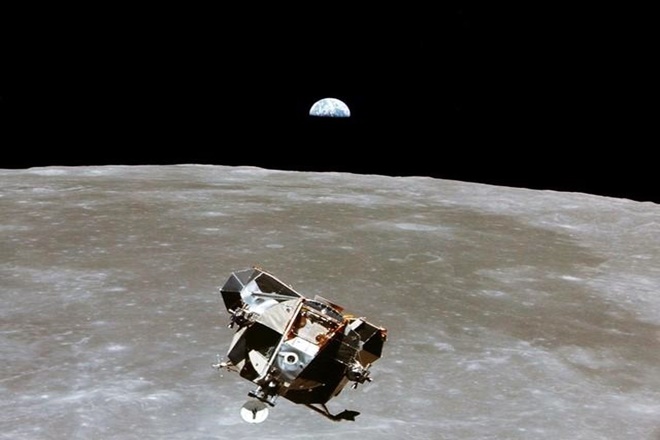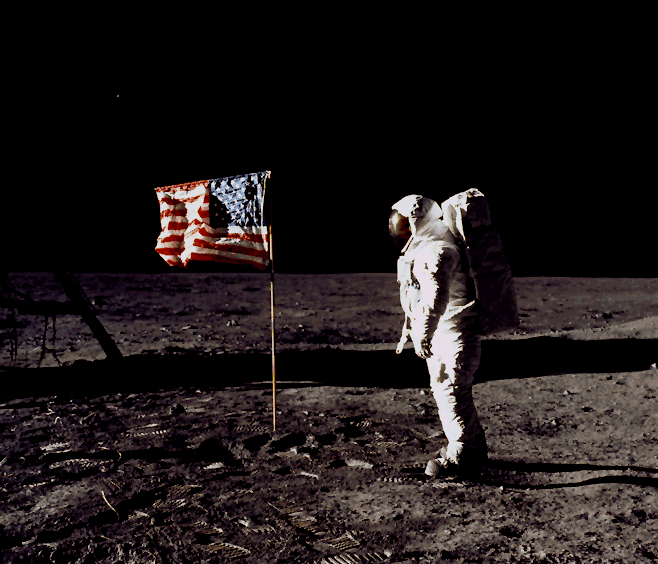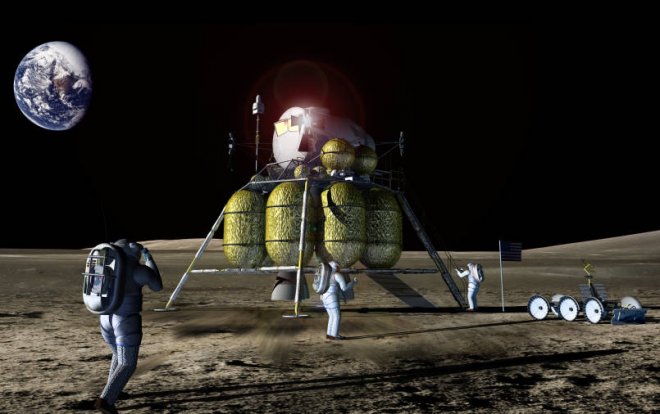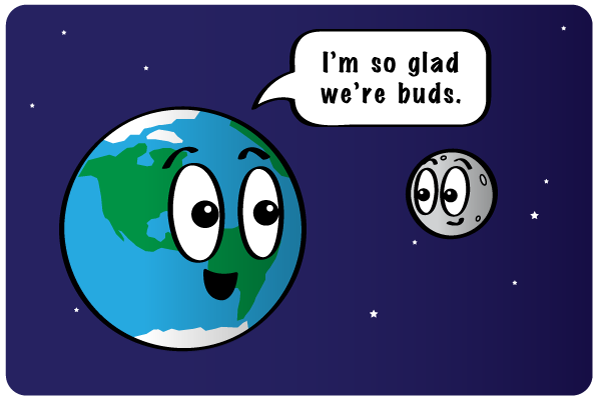
It has been only 48 years since humans first set foot on the moon. Since 1969, the year when the humankind took the giant leap with Neil Armstrong and Buzz Aldrin stepping down on the moon, till now only 12 people, and all of them American men, have actually done it. However, it appears that the list is going to expand pretty soon, as several nations are currently planning moon missions.
Japan, India, China, Russia, Europe, South and North Korea, etc, have plans of sending manned and unmanned probes to our natural satellite. Even NASA has become interested in the moon once again, as they have announced a revamped vision for a Deep Space Gateway, which includes a 'port of call' at the Moon en route to Mars and beyond. Add to that, Elon Musk has also informed us about his plans for setting a Moon base.
Now, you may ask why moon, again? Haven't we already been there, done that? Isn't it time to go for something new? Well, of course, there is. However, new motivating reasons have also emerged in the recent times, which are now encouraging the scientists to reach for the moon once again. Here are some of the reasons:
New findings

Although we have observed the satellite for several decades now, each and every new mission to the moon brings along new discoveries. Japan's Selene spacecraft (launched in 2007) and India's Chandrayaan-1 mission (launched in 2009), which took place over 35 years after NASA's first moon mission, discovered new distributions of minerals on the moon and also probed the regions on the surface of potential resources.
Easy to accomplish

All the relatively new space agencies that are being formed in several countries need successful missions and the moon is quite an enticing target. Radio communication over the relatively short distance between the Earth and Moon, which is 238,850 miles, is almost instant, which takes only one or two seconds. On the other hand, between Earth and Mars, two-way communication times can be the better part of an hour. Moon's lower gravity level and lack of an atmosphere also make the operations for orbiters and landers quite simpler.
Economical advantage

Oddly enough, moon missions create both international cooperations as well as competition among the nations. Even if some country doesn't have its own space program, it can still develop instruments to fly on spacecraft that are built and launched by some other nation.
This was exactly the case for India's Chandrayaan-1 spacecraft, which had carried instruments made in Sweden, Germany, the U.K., Bulgaria, and the U.S. to the Moon. While working together like this helps in keeping the peace, the moon is also an unclaimed territory that gives birth to economic and geopolitical competition.
No country is allowed to own the Moon, at least according to a 1967 U.N. Treaty, which has agreement from over 100 countries. Nonetheless, there are incentives if one can reach the natural satellite before others. For example, the moon is rich with helium-3, whereas, it is quite rare on Earth. It's a potential fuel for nuclear fusion, a potentially unlimited and non-polluting source of energy. China, in particular, has stated a strong interest in lunar helium-3.
Also Read: You can now explore moon's surface using this 3D-printed model, AR app
The situation is quite like that of Antarctica in the 1950s, when the continent was subdivided by the 12 countries that had the most active scientific programs in the region at the time. Sending a spacecraft to the moon, even if that's a failure, may provide the nations with a compelling case for recognition if the natural satellite ever comes to be divided among the nations.
Know more about the Earth

Aside from the practicalities, moon probes have changed our ideas about the origin of the solar system. It was only after the astronauts brought over moon rocks to the Earth following Apollo 11 mission that we came to know that gigantic collisions between planets were common and one such collision between Earth and a Mars-size planet most probably formed the moon.
Prior to this, scientists had thought that planets were formed over long periods of time by the slow agglomeration of dusty particles. We've also learned from several moon missions that the dark circular features on the moon are scars of impacting asteroids stirred up by shifts in the orbits of Jupiter and Saturn. Future studies of the moon are expected to open further doors to the history of the origin of Earth.

Innovation
One of the most important reasons as to why space attracts interest and investment is that humans have always seemed driven to explore and push the limits. Space also acts as a unifying force, giving a clear vision, which pushes technology and innovation forward.
After a long period of negligence, it appears that space exploration is again driving technology, inspiring engagement with science and engineering, and creating national pride. These motivators are seen as especially significant by the emerging nations, such as India, China and Russia, which means that more established players like Europe and the U.S. have to work harder to keep up with them.
Space exploration is not only about traveling to space; it also creates jobs, technological innovations and new discoveries, which help in improving the lives of all of us "down here."









